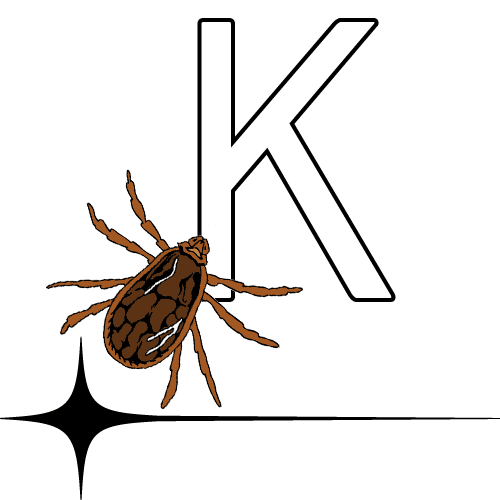Lyme Disease Cases Are Exploding. And It’s Only Going to Get Worse.
Climate change and human sprawl have triggered a pandemic
This story is part of “Tickpocalypse,” a multi-part special report.
 Kelly Oggenfuss is walking into the woods. Leading her team of four young researchers through a thicket of slender oak trees, she doles out assignments by letters corresponding to a grid. As early morning light filters through the canopy, Oggenfuss and her colleagues pull on latex gloves then disperse to gather surveillance data.
Kelly Oggenfuss is walking into the woods. Leading her team of four young researchers through a thicket of slender oak trees, she doles out assignments by letters corresponding to a grid. As early morning light filters through the canopy, Oggenfuss and her colleagues pull on latex gloves then disperse to gather surveillance data.
For 20 years, this has been a post-dawn ritual for Oggenfuss, a senior research specialist at the Cary Institute of Ecosystem Studies in Millbrook, New York, a bucolic town in the state’s Hudson Valley region. Four times a week from April to November — traditionally the most active tick season in the Northeast — she leads a platoon of field researchers as they don white coveralls, drive a pair of old Chevy Tracker SUVs down an overgrown dirt road, and hike to a five-acre tract designated “Henry Control” on the grounds of the institute. Their mission is to seek out and study ticks in one of the most tick-infested areas in America.
Oggenfuss and the others work methodically across a grid of 242 spring-loaded box traps, checking for rodents lured overnight by whole-oat…
